QuestionHi, my question is this: My cockatiel pair produced a clutch of 4, but only one hatched. I waited until 3 weeks to pull it for handfeeding and am keeping it in a small fish tank with a heating pad at night and in a large aquarium with a heating pad during the day. (I have to put it in the small one at night because I have a small heating pad that keeps the tank warm all night because it doesn't have an auto shut-off and during the day, I put it in the bigger one so it has more room, but because the bigger heating pad shuts off after one hour, I have to reset it hourly.) Is the baby okay in the small one at night? It doesn't have too much room, but I figure it's likely sleeping anyways. Also, how much company should I give it since it's on it's own. I know it needs sleep since it's a baby, but should I be handling it more than just to feed it every 4 hours? Also, I've read that a baby's crop can only hold 10cc of formula, but sometimes the crop doesn't look full enough after 10cc. Some sites say 11 - 15cc at this age, and every 5 hours, some say 7 - 10 and every 4. He is pooping alot and although the crop doesn't feel/look totally empty at each feeding, it seems as though it totally drains overnight which I heard is important. I appreciate any help you can offer. Thanks so much.
AnswerHi, Cheryl-Anne. I found your question in the question pool this morning.
Yes, the baby should be fine in the small tank at night. The reason baby birds need heat is because they don't have feathers yet and so their food can metabolize through the digestive system. At 4 weeks of age, this baby should have sufficient featheration that heat 24/7 isn't necessary. Also, being inside an aquarium keeps them warmer than if they were in a cage. If the baby has most of its feathers, I recommend you turn the heat down, perhaps off, during the day, but provide some heat at night. I recommend you monitor the temperature inside the aquariums with a thermometer and keep the baby around 75/80 at night and see how the baby does during the day with no heat/low heat, depending on the baby's featheration and how well the baby is doing. If food going through the crop is too slow, increase the temperature. Slow crop can result in crop stasis, which means food doesn't move through the crop at all and requires avian vet assistance. At 4 weeks, you are probably feeding 4 times per day (morning, noon, evening, and bedtime), and the baby's crop should be nearly empty between feedings. If crop isn't emptying between feedings, could be crop slowdown or not enough heat (either from the heating pad or the temperature of the food isn't hot enough). Increase heating pad heat first in order to see if this helps, but you must ensure the temperature of the formula is right or this can also cause crop problems. I normally feed 4 week old chicks every 5 hours, 4 times per day (7am, 12, 5pm, 10pm). The crop empties during the night because the bird has to go for many hours without being fed (from say 10pm to 7am in my case). It's important the crop empties completely or nearly completely between each feeding, not just during the night. I start the weaning process at 4 weeks with tiels being completely weaned from formula at 8 weeks of age. See my website for more information on this: www.angelfire.com/falcon/birdinfo/index.html. Soon this baby will be ready for a cage. The baby will also be fledging at about 6-8 weeks. Once the baby learns to fly, food will be the last thing on its mind and you'll need to ensure the baby eats what it needs to grow and stay healthy.
Every baby bird is different. You should feed enough formula to fill the crop to a point just below the bird's neck. You should still be able to see through the baby's skin on its crop in order to see how full the crop is. If food is starting to enter the baby's neck when you look at the skin on the crop, the crop is too full. The bird is full when formula fills the crop to just below where the bird's neck begins. It's OK to feed less at each feeding, but you might need to feed more often. You don't want to overfeed though or food could backup in the trachea and cause aspiration or aspiration pneumonia. Rule of thumb - feed whenever the crop is empty (or nearly empty). Exceptions come into play during the weaning process. A chick can be overfed that results in stretching of the crop and requires a birdie "bra," however, you can't go wrong if you fill the chick's crop to just before where the neck begins.
If you want this baby to be tame when it gets older, you need to interact with it a lot. In fact, interact with it as much as you have time for for the best tame adult bird. At first, chicks are too young to play with, but as they get older, interact with them several times a day if you want them to be tame. As long as your hands are clean (don't want to spread germs to this new life), you can hold and interact with the bird from hatching. And this interaction must continue throughout the bird's lifetime. Some people believe if a bird is tamed as a chick, this tameness lasts throughout their lifetimes. However, without continued interaction with their humans, tameness can diminish. At 4 weeks old, your baby is starting to develop a personality so I recommend you interact with it several times each day. When you watch TV, mess around on the computer, read, listen to music, etc., allow the baby to sit in your lap or use a shoebox or pad of some sort (in case s/he needs to poo). Babies are usually hungry when they wake up and with a full crop you don't want to handle the bird too much or it might spit its food up. They also like to sleep after receiving a belly of warm food. Some babies will stay awake for a while after being fed. If you interact with the baby right after feeding, be careful not to press on the crop or the food will come back up. I've tried feeding about half of the normal feeding, then play with the bird for a while before feeding the remainder. Find the times to interact with your bird depending on your schedule and how the baby reacts after being fed. The older the baby gets, the longer it will stay awake during the day, so there will be many opportunities for interaction. When I had single chicks, I'd often place a stuffed animal or some type of soft toy in with the bird so the baby would have some "company." Not sure the chick enjoyed the "company," but it made me feel better! Single chicks need human interaction more so than chicks with clutch mates.
My website has additional information on all these points if you want to visit.
Good luck! Tiels are very nice birds.
Chrys

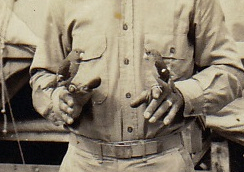 ID Birds
Question
Panama Birds
My uncle served in Panama in 1941
ID Birds
Question
Panama Birds
My uncle served in Panama in 1941
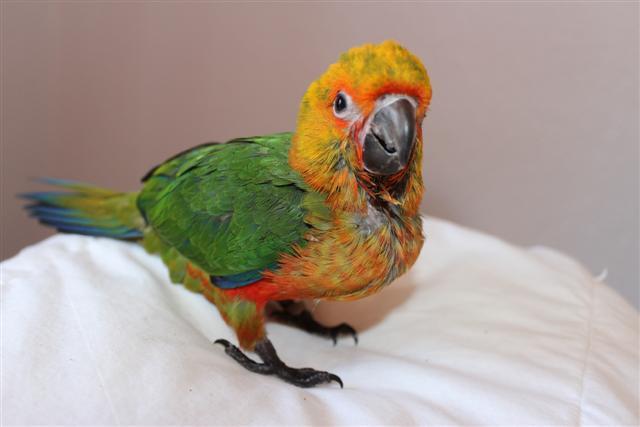 Jenday Conure Weaning?
Question
Castor the Conure
Hi
I have a 9 week o
Jenday Conure Weaning?
Question
Castor the Conure
Hi
I have a 9 week o
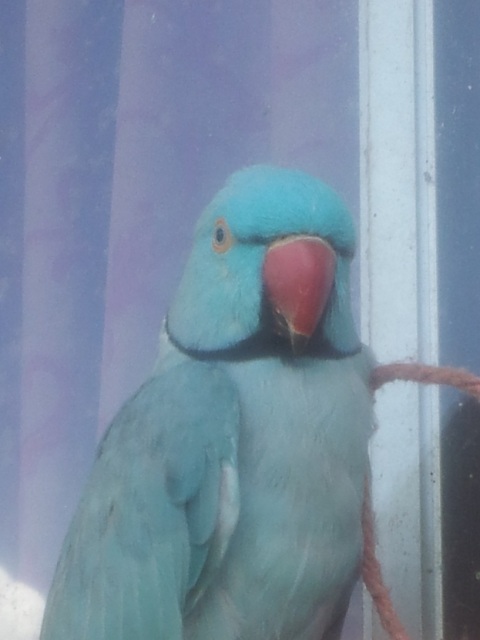 RE: Indian Ringneck probems
Question
Indy our Ringneck
Thank you for your he
RE: Indian Ringneck probems
Question
Indy our Ringneck
Thank you for your he
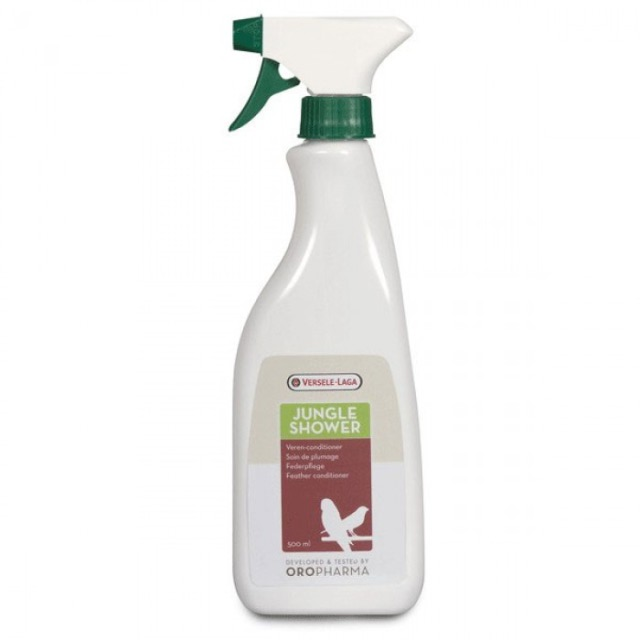 Indian Ringneck Health Issue
QuestionI have an Indian Ringneck who had been neglecte
Indian Ringneck Health Issue
QuestionI have an Indian Ringneck who had been neglecte
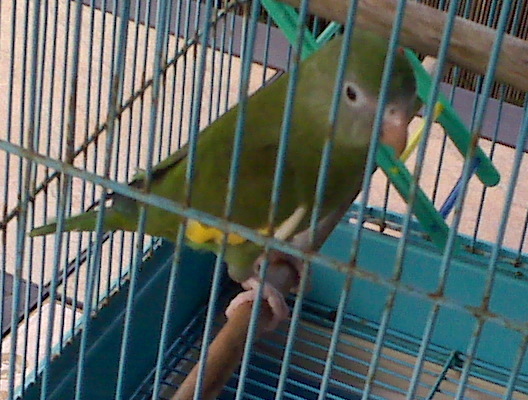 What type of parrot is this?
Question
Friendly bird
A week ago ths small parrot flew
What type of parrot is this?
Question
Friendly bird
A week ago ths small parrot flew